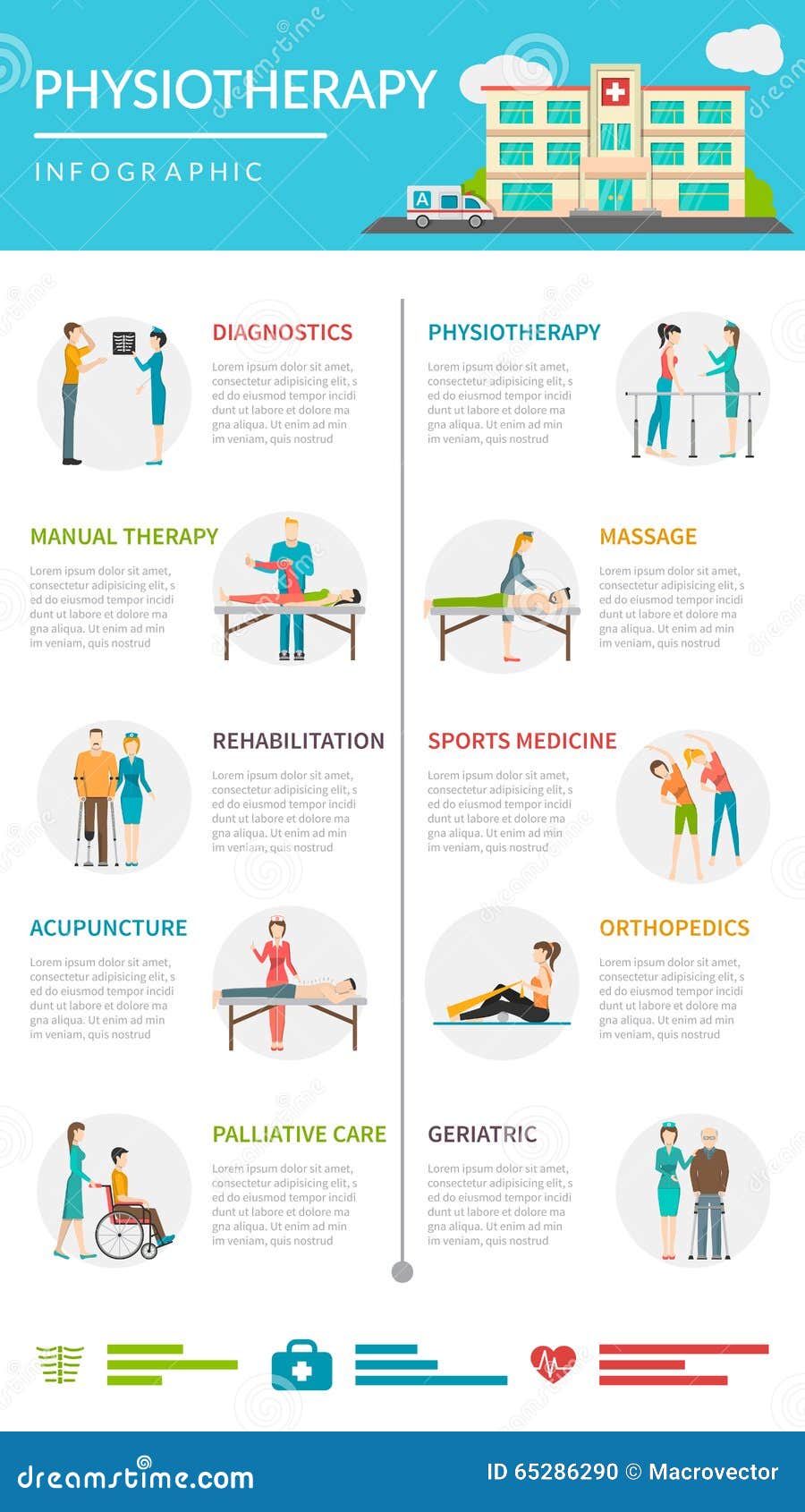Daily Practices That Cause Pain In The Back And Approaches For Avoidance
Daily Practices That Cause Pain In The Back And Approaches For Avoidance
Blog Article
Post Created By-Hermansen Dempsey
Preserving correct posture and staying clear of typical risks in daily activities can considerably affect your back wellness. From just how you sit at your desk to just how you raise hefty objects, tiny adjustments can make a huge distinction. Picture a day without the nagging pain in the back that hinders your every step; the option may be less complex than you believe. By making a couple of tweaks to your daily routines, you could be on your way to a pain-free existence.
Poor Position and Sedentary Way Of Life
Poor posture and a less active way of living are 2 significant contributors to neck and back pain. When you slouch or hunch over while resting or standing, you placed unneeded pressure on your back muscle mass and spine. This can result in muscular tissue imbalances, stress, and ultimately, chronic pain in the back. In addition, sitting for extended periods without breaks or physical activity can weaken your back muscular tissues and bring about stiffness and pain.
To deal with inadequate pose, make a conscious initiative to rest and stand right with your shoulders back and straightened with your ears. Remember to keep your feet flat on the ground and prevent crossing your legs for prolonged periods.
Including simply click the next website page stretching and enhancing workouts right into your day-to-day routine can additionally help improve your posture and ease back pain connected with an inactive lifestyle.
Incorrect Lifting Techniques
Improper lifting strategies can significantly contribute to back pain and injuries. When you raise hefty items, bear in mind to flex your knees and use your legs to raise, instead of relying upon your back muscular tissues. Prevent twisting your body while training and keep the item close to your body to reduce stress on your back. It's important to maintain a straight back and prevent rounding your shoulders while raising to prevent unnecessary stress on your spine.
Constantly examine the weight of the things prior to raising it. If it's as well heavy, request for aid or usage devices like a dolly or cart to transfer it safely.
Keep in mind to take breaks during raising jobs to give your back muscles an opportunity to rest and prevent overexertion. By carrying out appropriate training techniques, you can stop pain in the back and decrease the risk of injuries, guaranteeing your back stays healthy and balanced and solid for the long-term.
Absence of Normal Exercise and Extending
A sedentary way of life without routine workout and stretching can significantly add to neck and back pain and pain. When you don't take part in exercise, your muscles become weak and inflexible, resulting in poor stance and increased strain on your back. Regular exercise assists reinforce the muscles that support your spinal column, enhancing stability and decreasing the danger of back pain. Incorporating extending right into your regimen can also boost adaptability, protecting against stiffness and discomfort in your back muscular tissues.
To avoid back pain triggered by a lack of workout and extending, go for a minimum of half an hour of modest exercise most days of the week. Include exercises that target your core muscular tissues, as a solid core can assist alleviate stress on your back.
Furthermore, take breaks to extend and relocate throughout the day, particularly if you have a workdesk task. chiropractor near me prices like touching your toes or doing shoulder rolls can assist alleviate stress and stop neck and back pain. Prioritizing regular exercise and stretching can go a long way in maintaining a healthy and balanced back and minimizing discomfort.
Conclusion
So, remember to stay up directly, lift with your legs, and stay active to prevent pain in the back. By making simple changes to your everyday behaviors, you can stay clear of the pain and constraints that include pain in the back. Care for your spine and muscles by practicing excellent position, appropriate training methods, and routine exercise. Your back will certainly thank you for it!
